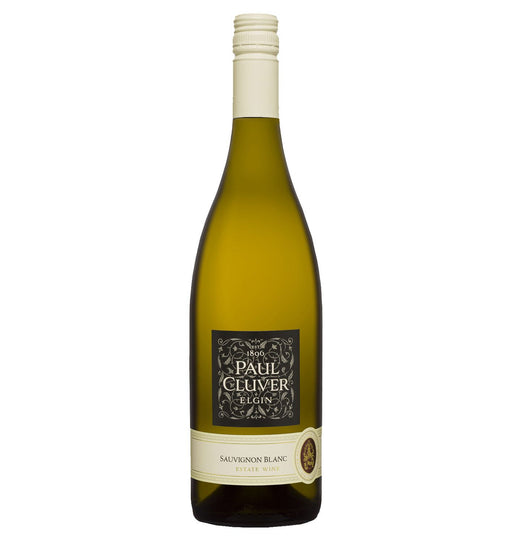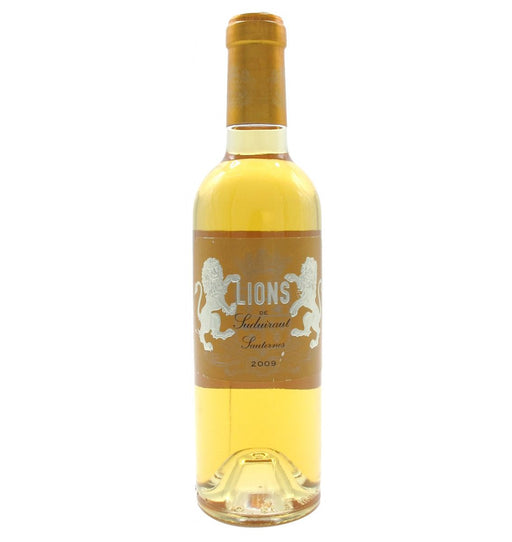Sémillon
Sémillon is one of those grapes like Riesling which tends to be much more appreciated by wine insiders than by the average wine drinker. They know that, were it not for the richness of Sémillon the wine and the thin skins with their propensity to be nobly affected by botrytis of Sémillon the grape, we would not have the truly great category of wines that is Sauternes and Barsac, the longest-living wines in the world.
They also know that Sémillon grapes, underrated in much of the world, can produce arguably much more interesting, subtle and long ived dry white wines than the Sauvignon Blanc that is so often grown alongside - not least in Sauternes and Barsac where the standard recipe is 80% Sémillon to 20% Sauvignon Blanc plus a dash of the local Muscadelle. In many warmer wine regions Sémillon with its naturally relatively low acidity can need the nerve and crispness provided by Sauvignon Blanc, but made well, dry Sémillon can be an intriguing, full bodied wine with a satisfying combination of citrus, honey and grassiness.
Indeed underripe Sémillon smells so like Sauvignon Blanc than one is tempted to believe that they must be closely related even if DNA analysis has not yet proved this.
Sémillon’s homeland is undoubtedly south west France, not just Bordeaux but the many surrounding wine regions such as Bergerac (although here some of the finest producers of sweet white Monbazillac treasure the Muscadelle vine even more). It is an ingredient with Sauvignon Blanc, both major and minor, in both basic Bordeaux Blanc and the great, dry, oaked whites of Graves and Pessac-Léognan – indeed some would say wines such as Châteaux Haut-Brion Blanc and La Mission Haut-Brion Blanc (both containing substantial proportions of Sémillon) express the grape at its very finest in a dry wine. These wines are immensely rich yet dry and can last for decades, taking on an extraordinary depth, density and lanolin smoothness with wonderfully lemony acidity, with age. Other fine dry white wines from the gravely soils south east of the city of Bordeaux can have a similar quality in good vintages although in some there is a tendency to oily oakiness, and not always with great age.
But it is the sweet wines of this part of the world that are a true miracle. To harvest grapes that have been perfectly affected by botrytis, their sweetness and acidity concentrated to extraordinary levels and an extra layer of longevity added to boot, can involve many different passages through the vineyard to harvest each bunch at an optimum stage of infection (often looking disgustingly as though they are coated in ash). Careful vinification and long ageing in new oak barrels can result in some of the world's most luscious, long lived wines which are never light in the way that a great botrytised Riesling can be, but should always be appetising and taste as though they contain the elixir of life itself. Such wines can be surprisingly good matches with a wide variety of savoury foods, most notably blue cheese, foie gras and shellfish but with many other dishes too. There are still too many simple sweet white wines made in Bordeaux, however, which owe their sweetness not to the mysteries of noble rot but to simple arrested fermentation or added grape concentrate. Other sweet wines on the fringes of Sauternes and Barsac which owe much to Sémillon include Loupiac, Cérons and Sainte Croix du Mont.
Sémillon is not difficult to grow. In fact, unless its yield is decimated by botrytis, it is naturally quite productive, and its characteristic bright green leaves earned it the title "green grape" for many years in South Africa where it was by far the most planted grape variety in the early 19th century – so much so that then it was actually just called "the wine grape". It is now only the fifth most planted white wine grape but South Africa still producers a wide range of varietal dry Sémillons as well some dessert wines. It is increasingly found, though not always labelled, as a blending component with Sauvignon Blanc.
Sémillon's modern New World stronghold is Australia. In the mid 20th century the grape was most famous for a wide range of great, low alcohol, long living dry whites produced in the Hunter Valley north of Sydney. Variously called Riesling, Chablis and White Burgundy depending on smallish variations in style, the wines were made from Sémillon grapes picked early (before the Hunter's frequent summer rains) and developed the most distinctive burnt toast characters in bottle. In today's fast forward age, this particular style of Sémillon designed for keeping is rare, although the Hunter Valley specialises in this style of wine made from grapes picked early enough to yield a wine with only about 11% alcohol. These wines are quite austere in youth but can age magnificently for 10 years or more. In the rest of Australia Sémillon is picked much riper and given oak ageing and malolactic fermentation to produce a much richer, earlier developing wine, particularly in the Barossa. The cooler, southern vineyards of Western Australia produce one or two fine varietal dry Sémillons and Australia's most expensive Sémillons are the sweet ones made in the image of Sauternes, almost exclusively in the irrigated Riverland vineyards of the interior. They can be very impressive (and good value) when young but can become blowsy fairly quickly.
But Sémillon is most in demand today with Australian wine drinkers as an important ingredient in the popular wine style, "Sem-Sav", Sémillon blended with Sauvignon Blanc. Drinkers appreciate the refreshing aroma of the Sauvignon Blanc on top of the weight and ballast of the Sémillon. The style was born in Western Australia but has become popular throughout the country. In fact over the past 20 years or so it has been Sémillon’s fate to play second fiddle to a more popular blending partner. In the 1980s when there was a chronic shortage of Chardonnay grapes in Australia, the popular way to deliver the C-grape to the consumer without breaking the bank was to create blends of "Sem-Chard". A little Sémillon is also grown in New Zealand, notably on the east coast of the North Island.
Until quite recently, Sémillon was very widely planted in Chile, even if it was rarely seen as a varietal wine there. Recently Chardonnay and Sauvignon Blanc have become much more popular however and few producers really take the variety seriously. In Argentina too it is mainly encountered as an ingredient in a blend.
In North America it is infrequently encountered on a wine label although noble exceptions include Ecole 41 in Walla Walla which has produced an interesting, full bodied, lemony dry varietal Sémillon for years and there are signs of a small resurgence of this long-neglected variety in California.
Sémillon, with its long history in Bordeaux, is such a familiar part of the wine world's furniture that it pops up all over the place – in Greece, in Turkey and in parts of eastern Europe. It is, without doubt, an under-used resource.
By Jancis Robinson
-
 Sale
£16.54
Sale
£16.54Paul Cluver Sauvignon Blanc
Paul CluverPaul Cluver Sauvignon Blanc is clear and bright, with a hint of green. The nose is clean and fresh with expressive passionfruit, grapefruit, gooseb...
View full details -
 Sale
£16.13
Sale
£16.13Lions De Suduiraut 2015 Half Bottle
Château SuduirautLions De Suduiraut 2015 has a youthful, exhuberant nose and enjoys aromas of candied and honeyed dried fruits. A juicy, direct style on the palate,...
View full details


